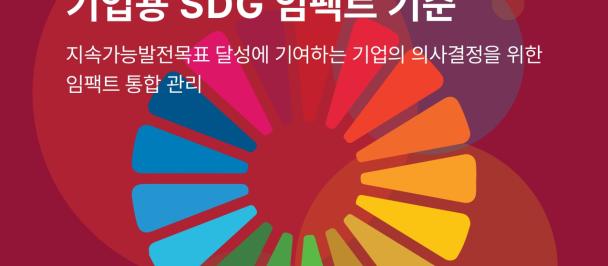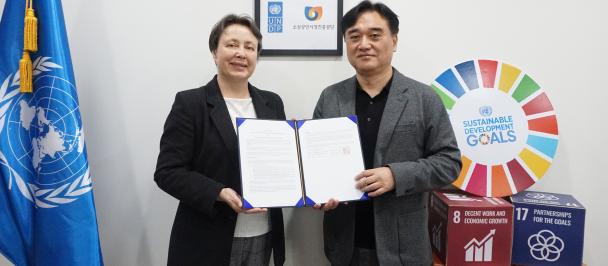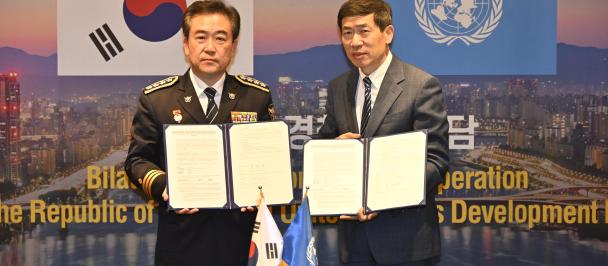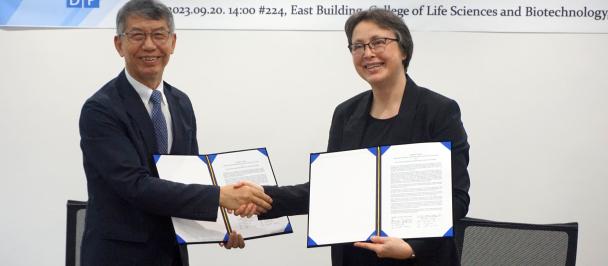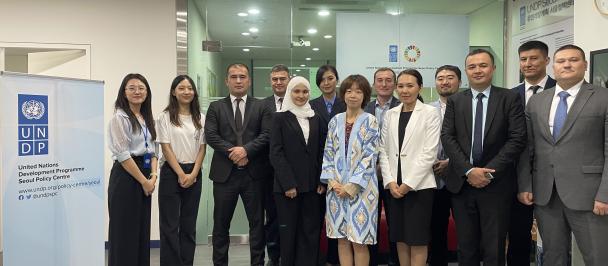The Republic of Korea’s response to the COVID-19 pandemic has also included a promise to build back better. The Korean New Deal has three main pillars including, the Digital New Deal, Green New Deal, and strengthening employment and the social safety nets.
1. Digital New Deal
The government announced plans to invest 58.2 trillion won (44.8 trillion won from the treasury) to support the creation of 903,000 jobs. With the aim to accelerate the transition towards a digital economy, investment will focus on the integration of data, network and AI (DNA) throughout the economy (31.9 trillion won from the treasury), promoting the ‘untact’ industry (2.1 trillion won from the treasury), and digitalizing the social overhead capital (10 trillion won from the treasury).
The government has outlined the following objectives for the Digital New Deal:
- Stronger integration of data, network and artificial intelligence throughout the economy
- Digitalization of education infrastructure
- Fostering the “untact” industry including supporting online activities of microbusinesses and promoting remote working among SMEs
- Digitalization of Social Overhead Capital (SOC) which includes adding digital innovations to urban spaces and building smart logistics and distribution systems.
2. Green New Deal
The Green New Deal aims to create 659,000 jobs by 2025 by investing KRW 73.4 trillion in areas such as responses to climate change, green infrastructure, renewable energy and green industries. The strategies within the plan are categorized as three main tasks, including investment, promoting clean energy and supporting innovation. First, the government plans to transform public urban areas into green, zero-energy spaces. Public rental housing units, cultural facilities, public and private day care centers, and elementary, middle and high schools will be remodeled or reconstructed as energy-efficient, eco-friendly buildings. They also plan to invest in 25 smart green cities, numerous city forests, 16 national parks and plan to restore 25 damaged urban areas. In addition to terrestrial, marine, and urban ecosystem restoration, they plan to build a management system for clean water supply to secure drinking water safety and strengthen disaster prevention management by using advanced technology such as the Internet of Things (IoT) and artificial intelligence (AI).
Second, the Green New Deal plans to increase the usage of decentralized low-carbon energy by introducing 1.13 million electric vehicles and 200,000 hydrogen fuel cell cars into the market. The number of charging stations will also increase; old diesel cars will be swapped for LPG or electric vehicles and proper car disposal will receive support. For energy conservation, intelligent smart grid systems will be set up and the supply of clean and renewable energies like wind, solar and hydroelectric power expanded.
Moreover, to support green industry innovation, the government plans to build 100 smart factories that minimize pollution by reusing industrial heat and waste while using renewable energy. A combined 1,750 clean plants providing technical support for reducing contaminants will also be added. Overall, they plan to promote prospective business to lead the green industry and establish low-carbon and green industrial complexes. The government also announced a budget to lay the foundation for green innovations through RnD and financial sectors.
3. Strengthening Safety Nets
The Green New Deal and Digital New Deal act as the overarching policy to strengthen the employment and social safety net to increase resilience towards economic uncertainties. Therefore, this part of the Korean New Deal focuses on employment and safety nets along with investment in human resources.
The strengthening of safety nets will include expanding employment insurance, increasing benefits for a larger section of the population and ensuring livelihoods and employment stability for those not covered by employment insurance. For example, a Job Search Promotion Subsidy, job-training programs and internship opportunities for the vulnerable including low-income workers, will be expanded. Furthermore, there will be support and incentives for businesses to hire young employees in IT-related fields and for providing short-term internship programs for young employees. Job matching support will also be provided to connect young graduates from science and engineering backgrounds to SMEs.
Investment in human resources has also been identified as a priority given the transformative impact rapid technological change is having on existing economic structures. Investments will be made in human resources to build talent and provide employment support for new types of jobs, and to reduce the digital gap. For example, the plan includes training 100,000 individuals on AI and software, two additional research organizations will be selected under the Korea Initiative for fostering University of Research and Innovation (KIURI), and support will be provided to 40 universities to focus on software knowledge. Support will also be provided to 20,000 individuals in green-integrated fields, specialized graduate schools in the fields of climate change and green engineering, and job-training in the environmental industry will be provided.
Furthermore, policies to enhance the accessibility to digital infrastructure for rural residents and vulnerable people will also be implemented. An ultrahigh-speed internet network will be built in 1,200 rural villages including island and other remote areas. In addition to the replacement of 18,000 old Wi-Fi equipment, 41,000 high-performance Wi-Fi equipment will be installed in public places such as community centers.
Further details on the Korean New Deal can be found here.

 Locations
Locations